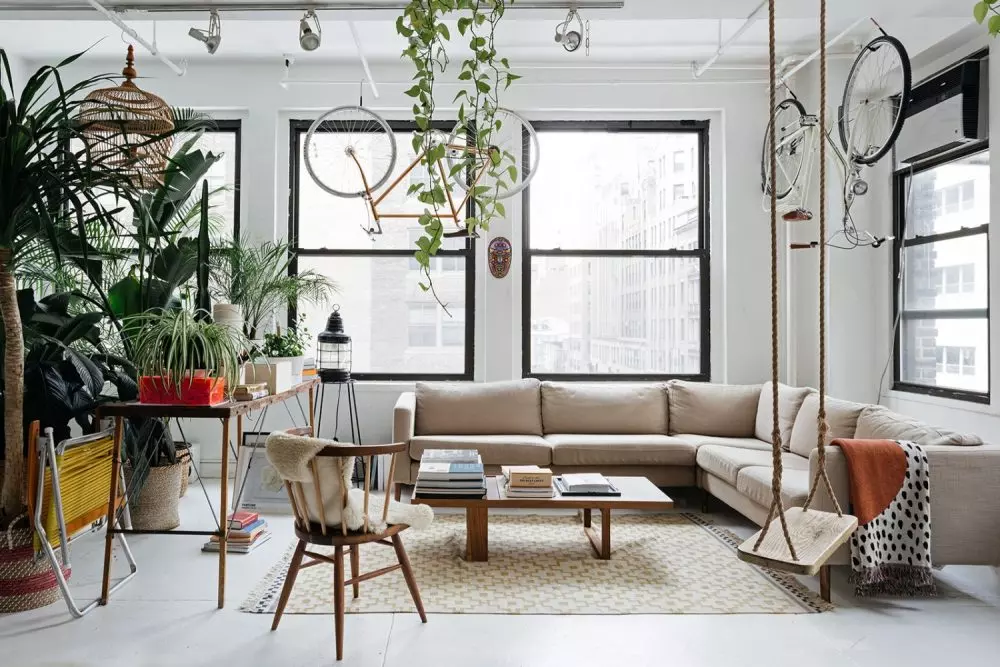
All people understand that sustainability is critical to the planet’s long-term survival. Most of them drink from reusable water bottles rather than recycle plastic bottles.
And most of the shops have canvas bags and may even have a meatless Monday once a week. But, in terms of home design, what does sustainability entail?
When it comes to decorating your home, sustainability means making thoughtful decisions. Disposable design is terrible for the environment, but sustainability is about more than just the environment.
It’s all about being aware of what you bring into your home and how they affect the quality of the air you breathe.
Fortunately, some excellent home decor ideas are both stylish and environmentally friendly. So you can decorate your home however you want while still helping to make the world a better place to live.
1. Change Your Lighting
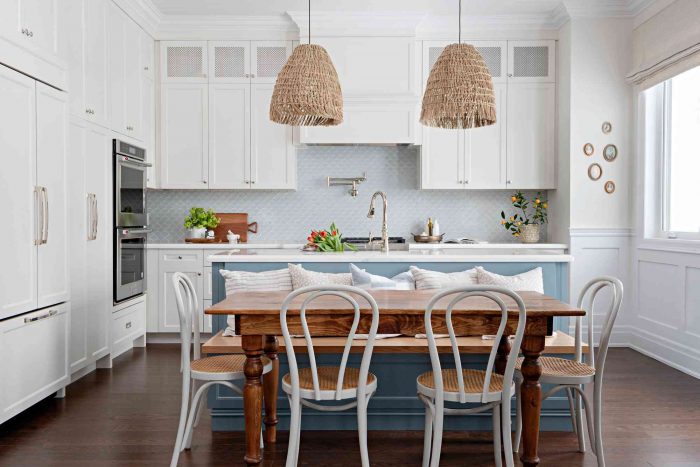
Changing your light switches is another way to combine style and sustainability. For the fixtures they use the most, many people prefer to install a dimmer. Dimmers are ideal for dining and living rooms where you want to control the light and create a more relaxed atmosphere.
If your dimmer switch is ENERGY STAR certified and you’ll save money on your energy bill. The waste generated by power plants is reduced when there is less electricity. You only have to flip a switch.
2. Find Reclaimed Wood Decor
Stick with reclaimed wood if you want to replace your flooring, upgrade your cabinets, or find carved decor pieces. Unlike buying something new made from recently destroyed, oxygen-supplying trees, it is recycled and does not harm the environment. This is done when you use it in your home.
Reclaimed wood is ideal for popular interior design elements such as barn-style bedroom doors or floating shelves in the living room.
3. Think Twice Before You Buy
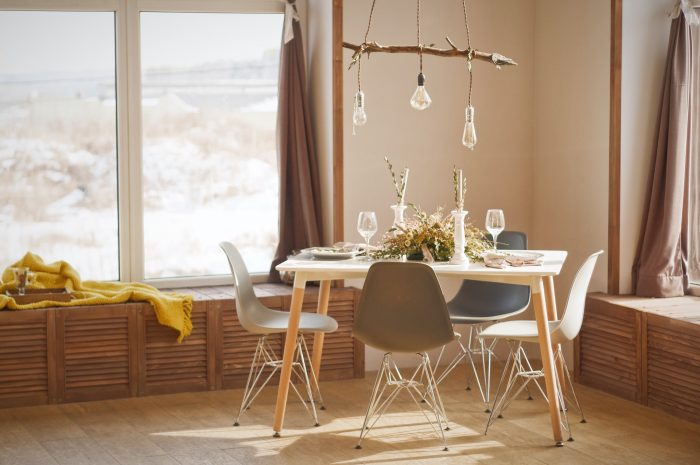
You might be tempted to buy a less expensive dining table right now, but resist. If the furniture you want to buy isn’t going to last for years, you’ll end up wasting money and resources.
Rather than buying low-cost, low-quality materials, invest in high-quality furniture and construction materials. It is because that will last longer and benefit both you and the environment.
4. Indoor Plants
Bringing a few plants inside is the most straightforward way to green your home. Indoor plants are a great way to brighten up an otherwise dull corner while also improving the air quality of your home.
They’re also as green as they get! Donate items in good condition to charity or non-profit organizations. You can do this if you have replaced items in good condition during your decorating spree.
You can also arrange for people to come to your home and search your trash for reusable building materials. They will then take away and distribute to other organizations. This will help you gain a tax break, but it will help you reduce the harmful effects of home environment change.
5. Recycle Your Junk into Something New
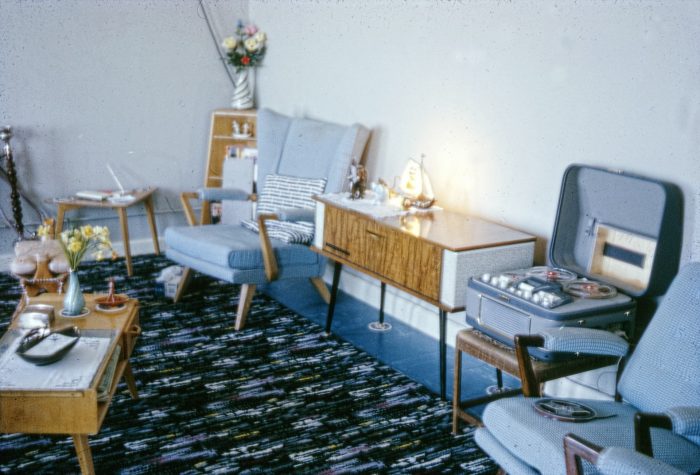
The watchwords of eco-friendly living are “reuse, reduce, and recycle.” Instead of purchasing new home décor items, consider restoring, recycling, or repurposing your old things.
For instance, old baby food jars or mason jars transformed into adorable herb planters, vases, or holders for colored pebbles. Old shirts that you just can’t bear to throw away can be turned into cozy cushion covers. And old sheets can be used as curtains.
A vintage trunk sitting unused in a corner transformed into a stylish coffee table.
6. Carbon Footprint
This is a complicated term that refers to the amount of carbon dioxide or other carbon compounds. These may have an individual, company, country, or another entity emitting into the atmosphere. The amount of ‘energy’ required to produce something you use is your carbon footprint.
One way to reduce this is to buy locally sourced products or buy where you can. These items can be examined individually to see if they were sourced or manufactured in the area. The closer you are to the source of the processes that make a piece of furniture or homewares. The less time and energy is spent on fuel, resulting in a lower environmental impact.
7. Perks of Vintage
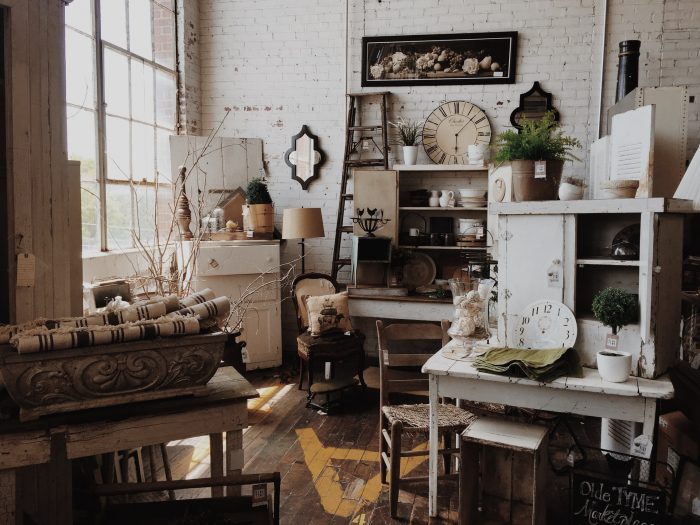
Buying used home decor is the simplest way to make a positive impact on the environment. Some people even prefer a “distressed” or worn-in appearance. The vintage decor is stylish and much less expensive than purchasing new furniture.
So go to a thrift store, an estate sale, or a flea market in your neighborhood. If you’re still having trouble finding something that appeals to you, online media sites are a great place to look for vintage items.
8. Wall Art
Wall is the perfect option to decorate any house. You can choose wall art according to the theme of the room. You can select extra large framed wall art like this, medium and small-sized wall art to display.
For example, you can choose nature, animals, maps, wine artwork to provide a unique look to your room.
9. Thermal Alternatives
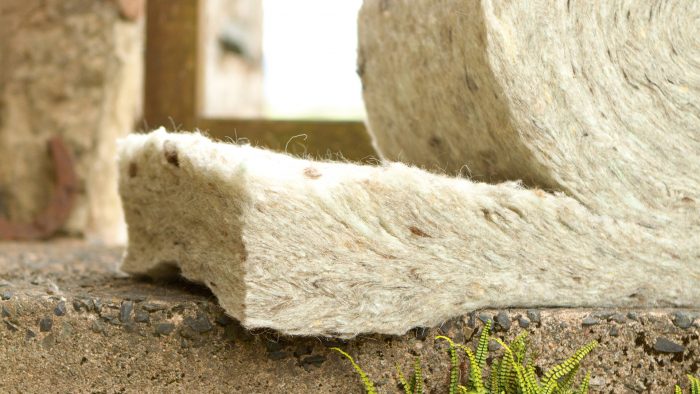
A simple thermal lining can significantly reduce the amount of hot or cold air that escapes your home. This will help you save money on your electricity bill while also making your home more comfortable for family and visitors.
Alternatives to fiberglass insulation made from sustainable materials such as wool or hemp are available for eco-friendly insulation.
10. Buy Second-Hand Furniture and Décor Items
It makes perfect sense if you can give your room a new look without completely redoing it. You can find used home décor items and building materials in good condition and at low prices located on auction websites.
Buying used items will save you money while also allowing you to make environmentally friendly choices.
11. Look for Sustainable Rugs
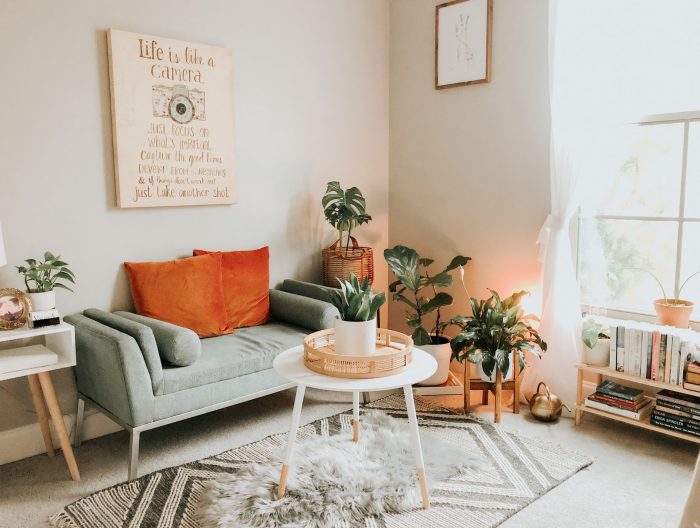
Do you want to add warmth to a room by installing hardwood or tile flooring? Look for rugs made from sustainable materials such as jute, seagrass, or recycled plastics. Then, to reduce echoing in your home, you’ll cover your floors with soft carpeting without using microplastics.
The Bottom line
After determining which interior design styles and options you prefer, you can use the above tips to combine style and sustainability.
Just a few examples include supporting local artists, installing dimmer switches, and even growing indoor plants. As a result, you’ll be able to maintain your sustainable lifestyle while also redesigning your home.








